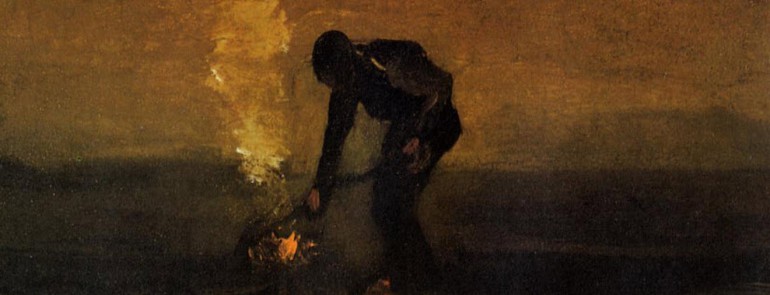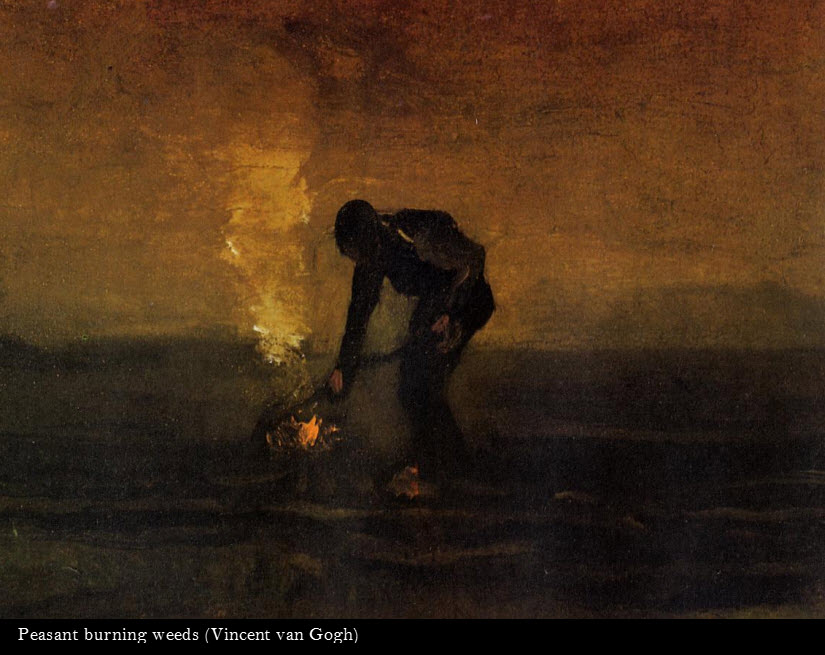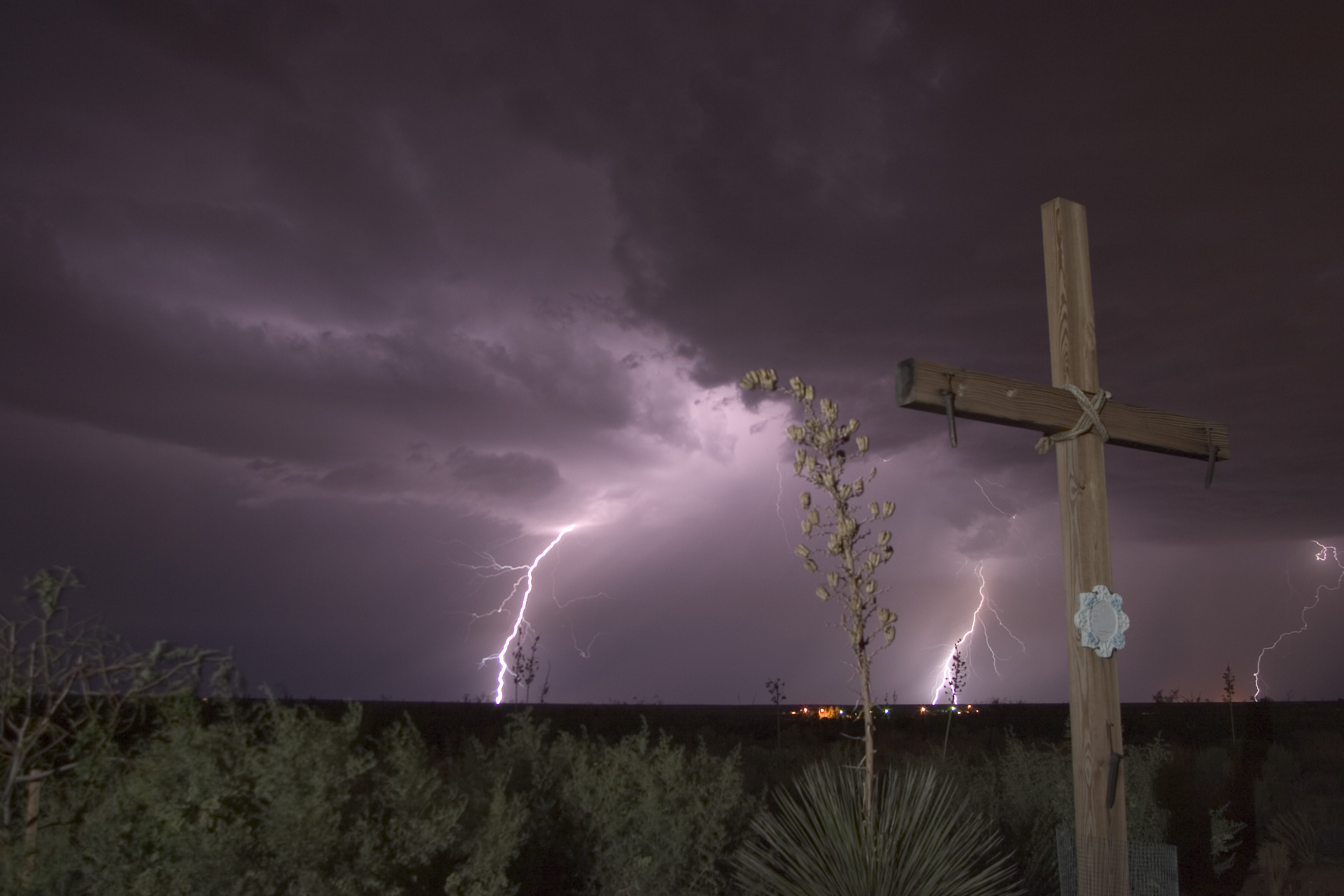Kingdomtide 2013:
From the Gospel Reading: Luke 21:5-6
“Some of his disciples were remarking about how the temple was adorned with beautiful stones and with gifts dedicated to God. But Jesus said, “As for what you see here, the time will come when not one stone will be left on another; every one of them will be thrown down….”Reflection:
When Our Personal Temples Lie in Ruins
(David Morrison)
In the historical context (1st century-Palestine), Jesus appears during a time of intense cultural debate concerning the future of Jewish identity in the world. Some (Herodians and Zealots) attested that Jewish uniqueness was absolutely tied to the land of Israel with all its geopolitical implications. Others (Sadducees and Levites) insisted that the Temple was the center of Jewish character, while the progressives (Pharisees) saw the Torah as the best hope and future for the continuation of Hebrew heritage. In the midst of all of this, followers of Jesus believed that their risen messiah was the fulfillment of the Jewish story and the initiator of a new humanity. A Jewish revolt against Rome erupted ending in 70 A.C.E. with the siege of Jerusalem and the destruction of the temple. The “end times” passages of the gospels are prophetic interpretations of this event. Essentially, Christians were urged to persevere through this calamity, evacuate the city, and not take up arms against the Romans.
Beyond the events of 70 A.C.E., these gospel passages have an eschatological meaning on which popular, contemporary Christianity seems to exclusively and almost obsessively focus. When many people think of the Kingdom of God, they think only of the future return of Jesus. However, when the first disciples asked Jesus, “Lord, will you at this time restore the kingdom to Israel?” Jesus replied: “It is not for you to know times or epochs which the Father has put in His own authority. But you shall receive power when the Holy Spirit has come upon you; and you shall be witnesses to Me in Jerusalem, and in all Judea and Samaria, and to the ends of the earth” (Acts 1:6-8). The Kingdom of God has been advancing since its initiation by Jesus. Since the descent of the Holy Spirit and consequent birth of the church, we are invited to be coworkers with Christ in the continuity of the kingdom through all of the triumphs and all of the tragedies of history.
Viewing this passage in a contemplative light invites us to focus on the loss of the temple as a spiritual reality. Looking beyond the trauma and human tragedy of the event, it would seem that a believer’s relationship with God always moves from the temple of religion to the open plain of love’s freedom and willingness. It seems that in the early days of faith, it’s often necessary to designate “sacred spaces” in which we can worship, pray, and experience the presence of the holy. As faith matures, however, if we fail to realize that the entire purpose of the specific sacred space we had created was to show us that all of creation is sacred, then it becomes necessary for our “temple” to be “left with not one stone upon another.” In my experience in transitioning to “adult Christianity,” I have found that I’ve had to unlearn more than I’ve learned. How often has the nature of reality (God’s will, so to speak) offended my “solid” paradigms and “final” answers to important matters? In the Christian tradition, Jesus is seen as the summary of every imaginable image of the invisible God (Colossians 1:15), and at the crucifixion, this ultimate image of the unseen passes away in death. At the resurrection, it’s interesting that the image or appearance of Jesus is fluid and continuously shifting.
In John the Revelator’s vision of the culmination of all history, he’s shocked (as a devout Jew would have been) that there was no temple (Revelation 21:22); signifying that all the new creation is now the temple of God’s presence. Instead, the dominant image is the River of Life, as if to say that the church was never meant to be a solid temple to which the “outsiders” of the world come. Rather, the church is that ever-moving river that flows through the heart of the world: participating in its life. Many Christians too often think the goal of the spiritual life is to settle in with a protected set of “air-tight” answers and explanations for all truth, for all time. The reality, however, is that Christ calls us to go on journey, often leaving behind the assumptions and answers we’ve confused with truth (reality). This journey often requires us to unlearn more than what needs to be learned as St. Paul told the Corinthians that anyone who “thinks he knows something, actually hasn’t even begun to know what he ought to know.” Faith, at the immature levels manifests itself in the form of religion which constructs “answers” for life. Mature faith takes us bravely and deeply into the questions. This venture requires us to have a contemplative mindset. Richard Rohr, in his book, The Naked Now describes it very well:
“Contemplation, my word for this larger seeing, keeps the whole field open; it remains vulnerable before the moment, the event, or the person—before it divides and tries to conquer or control it. Contemplatives refuse to create false dichotomies, dividing the field for the sake of the quick comfort of their ego. I call contemplation ‘full-access knowing’—not irrational, but prerational, nonrational, rational, and transrational all at once. Contemplation is an exercise in keeping your heart and mind spaces open long enough for the mind to see other hidden material. It is content with the naked now and waits for futures given by God and grace.”
Popular, contemporary Christianity often focuses only on a privatized and individually customized code of righteousness rather than on Christ’s entire message to be rightly related to all things by being reconciled to God. Even in the details of the sending of the twelve, Jesus works the reality of dependence on the Spirit via inter-dependence on one another rather than self-sufficiency. The items that they were to leave behind were the same things one left behind when entering the Temple. By instructing them to leave these things behind, Jesus was prophetically announcing the arrival of the New Creation, or Kingdom of Heaven on earth. Now, the entire world is the temple of God, and we travel in it experiencing the burning presence of God the Father, God the Son, and God the Holy Spirit.
Prayer:
Greater Than Any Darkness
(David Morrison)
Father, give us the grace of courage
to believe that the purity of Light
that is in YOU
is greater than any darkness
in which we have participated.
Jesus, give us the grace of courage
to see that the Light of the new creation
is breaking through the most profound evil
by which the world system is permeated.
Holy Spirit, give us the grace of courage
to love mercy
to act justly
and to walk humbly
before You who are One and Three
Amen.





This one reminds me of a sermon you had about trying to fit God in a box. Thanks for your words. Micah 6:8 is so appropriate for me….for us. We were never meant to be able to fully understand Him. To pretend that we do fully understand Him might be an anathema. …but to come close, to see it in a mirror, dimly… hmmm, quite a humble blessing, every time. Again, thank you.
Thanks, Jeff. I appreciate you taking time to comment. In my younger days, I was obsessed with “right answers” to uphold my faith. Now, I live in the tension of the questions. It’s so liberating to be able to define faith as “trust in not knowing” rather than constantly protecting and defending a certitude that doesn’t exist.